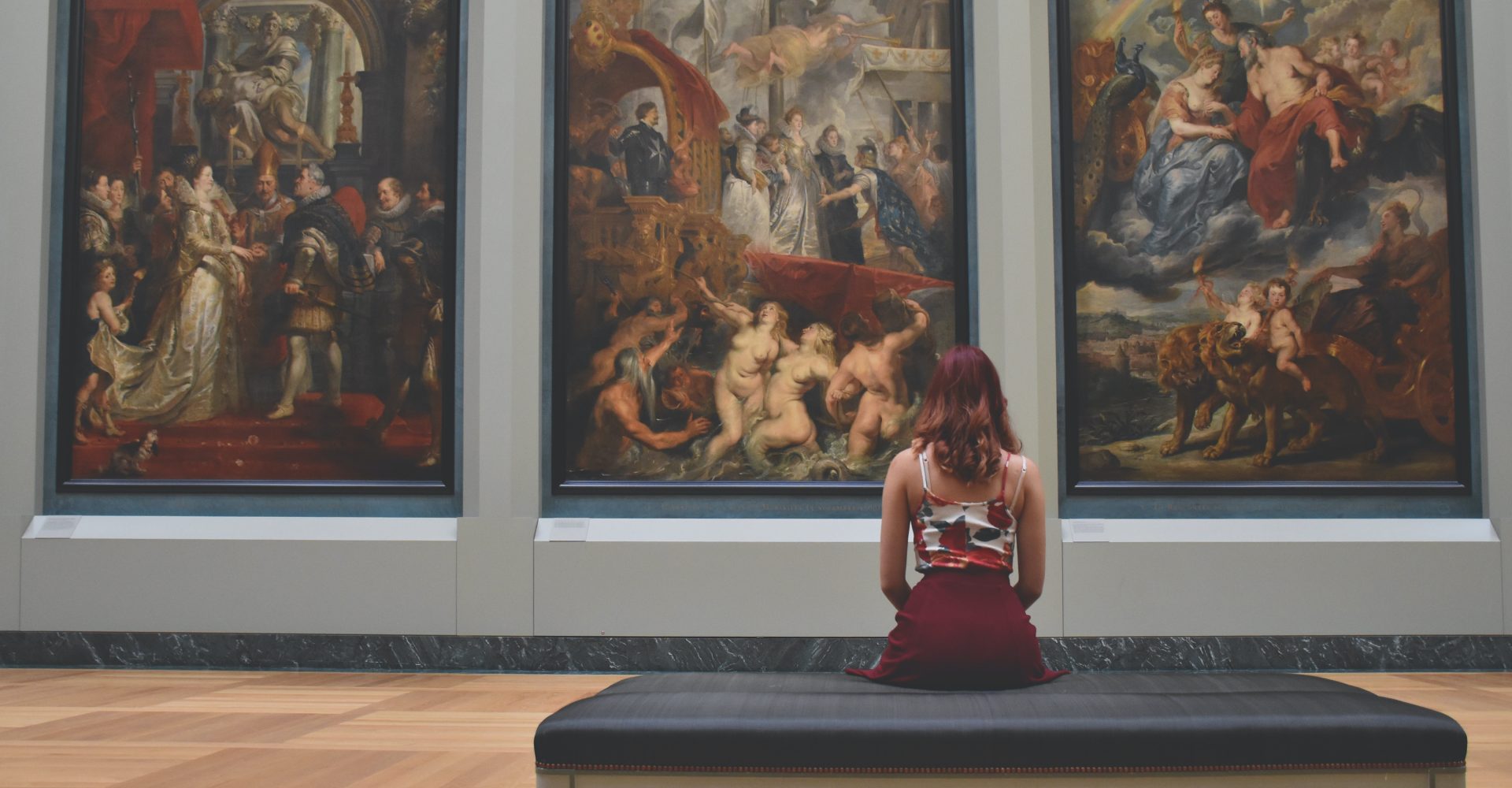Sometimes it takes hours to create something beautiful, and other times it is a process that can take years. In the end, both pieces are equally important and have unmeasurable value in the eye of the beholder. Thus, the equal amount of care and attention to detail that went into creating them is necessary for their preservation. However, if the artwork is improperly stored, it will take just minutes to destroy something precious and unique. Unfortunately, people often make a mistake thinking that any type of storage will do and end up with damaged artwork. So, you can only properly store artwork in a climate-controlled storage unit where it is possible to have total control of the conditions.

Image courtesy of Unsplash
Temperature
When you look at the history of art, many pieces survived hundreds of years without air condition. But when it comes to modern art, they need more care because, for example, what if you have a piece made of wax-based materials? In summer, within a couple of minutes, a sculpture or an encaustic painting would melt and drip on the floor. The damage might not be so severe to other materials, but not taking care of the art pieces will shorten their lifespan. Even transporting them to the storage is risky, so it is always better to have fine art moving insurance as an added layer of protection.
The temperature inside the storage unit mustn’t fluctuate too much. It needs to be at a constant temperature of 72 degrees Fahrenheit. If there are sudden upsurges or drops in temperature, it can crack the paint, damage the paper, and make wood crack. Not to mention it will most certainly encourage mold to thrive and wreak havoc on everything in its path.
Humidity
A high concentration of humidity in the space where artwork is stored can cause the same level of damage as the high temperatures. Likewise, too low, and material like wood will get dry and brittle. Thus, artwork needs to be kept at the constant 55% humidity, which is an optimal state. In a climate-controlled storage unit, this is easy to do with a few buttons. However, this type of storage might seem like an expansive solution for keeping everything safe. But when you look at it long-term, the cost of conservation and restoration is even higher. Not to mention that you can never fix some damages.
However, even with all these precautions, it is better to visit the unit from time to time and check on the state of things. One of the first signs that something is wrong will be the smell of mold.

Image courtesy of Unsplash
Light
Another enemy of the artwork is the light. More specifically, the ultraviolet spectrum of sunlight can damage paper, leather, paint, and a range of other materials. Therefore, when the time comes to hang the art for a show, you should pick a place away from the window. It is why the best climate-controlled storage unit for your artwork is one without windows. However, if by any chance this is impossible to avoid, do not worry as there are a few solutions.
There are modern materials that work as filters for UV light. They easily cover the windows and perfectly protect the art. The first one is ultraviolet filtering Plexiglass and another Acrylite. They are so light and easy to use that artists often use them to cover paintings instead of glass. Also, it is shatter-resistant, so if an accident happens, the artwork is completely protected.
Pests
The only way to keep the temperature and humidity under total control at all times is in a well-sealed unit. This means that besides the air condition, there are no other passages for pests like rats and mice to enter. It is really good news as they can, unfortunately, in a single day devastate an art collection. And often, these types of damages are impossible to repair because one thing they love to do is nibble on materials and leave behind sizable holes. Therefore, paper, leather, and paintings are never safe from them. Also, in regular storage units, there is always danger from insects. Unlike with mice, it is impossible to set traps, so the only way to get rid of them is by using chemicals. Alas, most of them would damage the artwork.

Image courtesy of Unsplash
Atmospheric Pullutants
One thing people often forget is that air pollution is also a danger to artwork. There are so many harmful particles that the only way to keep your pieces safe from them is in a stable environment like a climate-controlled storage unit. Because it is sealed tight, it will keep dust and pollen away from entering the unit. And removing them from the artwork surface takes time because they get sticky, and it is impossible to wipe them away. Only experts have the skill and proper materials to do it properly. Otherwise, improvising by using untested chemicals can cause more damage than good.
Conclusion
As you can see, there are many reasons why you should only store artwork in a climate-controlled storage unit. Once you have selected a suitable one, the work is not over. It is always possible for conditions to change and put artwork in danger. Therefore, it is always prudent to visit the unit at least once a month to check everything. The most common sign to look for is mold on the floor and walls. It will appear as a gray discoloration, that if left unchecked, will spread to everything else. As soon as you notice it, decrease the humidity, and consult with an expert if there is something more to do. For more thorough protection, you can leave a sensor that will ping your phone as soon as there is any change. With the right environment, your artwork will remain intact indefinitely.
Author bio: Jon Carpenter is a freelance writer that works closely with Movage Moving NYC, where he employs his expertise in helping clients relocate and safely store their artwork.









NO COMMENT